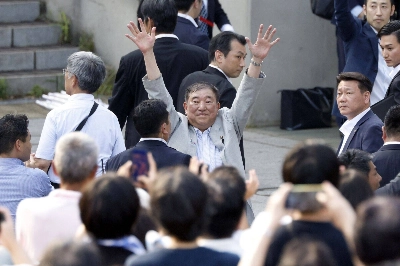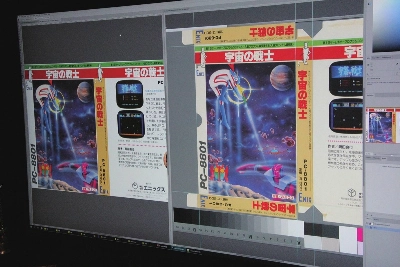Cinematic surrealism has a long pedigree, going back to such early outrages as Luis Bunuel and Salvador Dali's "Un Chien Andalou" (1929) and "L'Age d'Or" (1930), whose arresting images (the razor slashing a woman's eyeball in the former being the most notorious) and abandonment of reality created an enduring template. Among the latest to use it, consciously or not, is director Jun Tanaka in "Bamy," a first feature that screened in competition at last year's Torino Film Festival.
The film begins as the latest J-horror, with a big debt to genre master Kiyoshi Kurosawa. But Tanaka, who also wrote the script, is not after standard genre shocks. His ghosts are shadowy presences, not jack-in-the-box frights. And they respond to sounds and even to physical force, unlike the ethereal spooks of most films, J-horror or otherwise.
What are they exactly? Projections of fears? Symbols of alienation? "Bamy" is short on explanations, conventional plotting and what might be called metaphorical coherence. In its final act it abandons logic entirely, save for the poetic sort. But its images, particularly a red umbrella that takes on a life of its own, are eye-catching and suggestive, if not transgressive in the Bunuel/Dali tradition. That is, they will not cause theaters to empty. Unquiet dreams are another matter, however.



















With your current subscription plan you can comment on stories. However, before writing your first comment, please create a display name in the Profile section of your subscriber account page.